The Scuderia’s own Ferrari 330 LM/250 GTO may be the biggest sale of 2023
For those of us who remain perpetually chin-deep in the metrics of the collector car market, RM Sotheby’s surprise Monterey announcement of its forthcoming 1962 Ferrari 250 GTO sale had us scrambling for our smelling salts. It is, for a lack of a better phrase, a Very Big Deal.
Headlines and social media detonated at the news, pegging this as the most significant sale since last year, when RM Sotheby’s sold a 1955 Mercedes-Benz 300 SLR Uhlenhaut Coupe for a world record $142M.
And with good reason. After all, we’re talking about a 250 GTO here! For many, that jumble of three numbers with three letters signifies wealth supreme. It’s a billionaire’s toy, best approached as a hefty—or often not so hefty—slice of an asset portfolio or historical artifact, and not as something so reductive as a “car.” Having broken multiple sale records over the years and enough times to make headlines not just in car media but mainstream news, the 250 GTO has transcended car culture into global awareness.
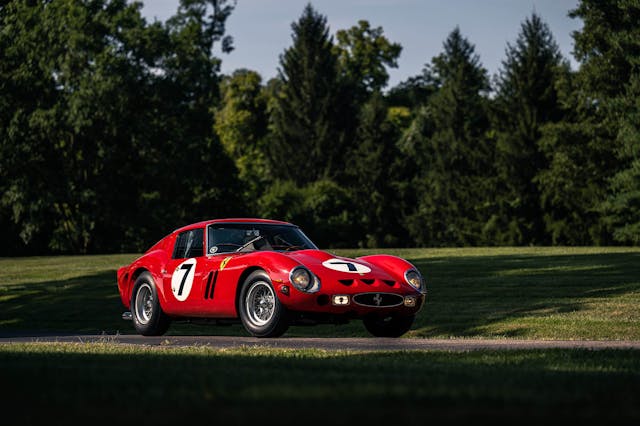
In the last 25 years, 250 GTO ownership has become one of the most exclusive clubs in the car collecting world, albeit one without an official charter, website, or publication. Every five years or so, a cluster of GTOs converge on some requisitely picturesque region for the vaunted “Anniversary Reunion.” It’s a status exercise even among those with high status, a car and an experienced that represents a sort of “final boss” of car collecting. For some in this sphere, from the moment you park one in your garage, you’ve won. There’s nowhere else to go other than down.
People understandably tend to hold onto their GTOs for quite a while. Including RM Sotheby’s example crossing the block next week, only three of the 36 built have come to auction in the past ten years. Given the GTO’s bluer-than-blue-chip status, rarity, and position as a weapons-grade investment asset, this one could very well land among the top three public sales of all time if it sells. Regardless of sale price, it will very likely be the crown jewel in any collection or museum it lands.
How high will the hammer strike? We’ll have to wait and see.
Like most 1960s cars that turned a wheel in anger, there’s a lot to unpack about chassis no. 3765LM. Or 3765GT, depending on the document. It gets confusing. But before we go further, let’s get one thing straight—regardless of anyone’s view, 3765 is a fabulously special car.
As the 250 GTO is one of the most written-about, studied, and documented series of cars in history, we’re not going to do a deep dive into what makes it so desirable beyond some broad strokes—there are much more comprehensive and elucidated GTO histories to be found. We suggest starting with Jess G. Pourret’s seminal The Ferrari Legend: 250 GT Competition from 1977, a book widely credited as heavily contributing to the GTO’s rapid ascendance into myth.

Ferrari developed the GTO—or Gran Turismo Omologato—for the 1962 race season as an uprated and heavily revised evolution of the highly successful 250 GT SWB. The GT struggled to breach much beyond the 150-mph mark due to aerodynamics, while powerful Shelby Cobras and slippery Jaguar E-Types were proving quite the challenge in the 250 GT’s popular Group 3 class. The resulting Scaglietti-penned GTO was far more aerodynamic, its top speed now reaching a reported 174 mph.
For three seasons, Ferrari’s new Goat was a force. The GTO claimed the FIA’s International Championship for the over 2000cc class in 1962, 1963, and 1964. In addition to winning the 1963 and 1964 Tour de France, class wins and second-place overall finishes were clocked at 12 Hours of Sebring and 24 Hours of Le Mans.
That sultry, swooping body made it not just fast, but also drop-dead gorgeous. This, along with stellar competition history during some of the company’s best years put the GTO at the center of the Ferrari Venn-diagram, elevating it in some collector’s eyes as the quintessential Ferrari.
Of course, not all GTOs are considered equal. If you seek the best, you’re going to want one of the 33 Series I cars built between 1962 and 1963. They’re the prettiest and most recognizable of the two series, and carry a hefty price premium over the later Series II.
A true Series I hasn’t come to public auction since Bonhams sold number 3851GT in 2014, breaking the then-sales record at $38.1M. Impressive, but consider 3851 was the subject of a fatal in-period crash, and was completely rebuilt following the tragic accident. The next GTO auction sale moved through the RM Sotheby’s 2018 Monterey sale, dropping jaws with a $48.4M final price for no. 3413. Though lauded as quite original, 3413 is also a Series I rebodied in-period to Series II bodywork, very likely lopping of more than a few mil from that final result.
A few months prior to that Monterey sale, there was also the not-so-private private sale of no. 4153 (an important Series I) that allegedly traded short of $80M. Since then, a handful have also allegedly traded off-market for figures ranging between $50 million and $90 million.
So, it’s more than 10 years since a Series I 250 GTO without an asterisk has crossed the public auction block—and the upcoming sale of number 3765 isn’t going to change that.
Chassis 3765 is one of three 250 GTOs built with a larger 4.0-liter V-12, a full liter up on the standard 3.0-liter heart found in the rest of the family. Designed for a new 4000cc class briefly introduced for Sebring, the Targa Florio, and the Nürburgring 1000 KM, these monsters were officially labeled as 330 LMs, not GTOs. That last bit right there is quite the contentious statement, but hey—we’re just going off of what documentation and Ferrari says, as outlined on its historical website.
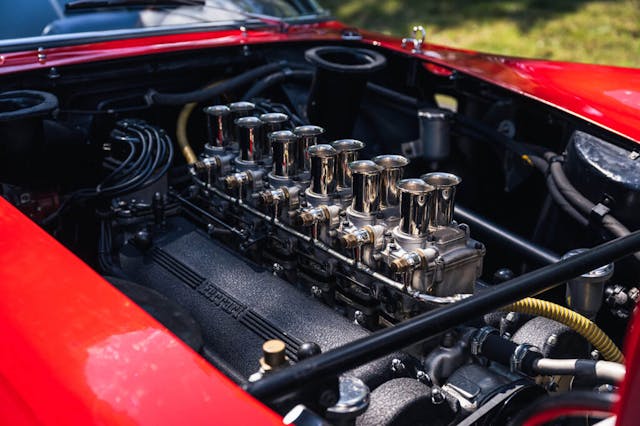
To accommodate the larger engine, 330 LMs were built on Ferrari’s type 538 chassis, more colloquially understood as a shortened version of 400 Superamerica frame. Going off of nut-and-bolt DNA, the only thing “GTO” about the original 330 LMs was that bodywork, and outside of 3765, even that isn’t identical. The earliest history of 3765 is a bit murky, but RM Sotheby’s claims it was built as a 250 GTO, and subsequently had its triple-carb 3.0-liter removed for the larger 4.0-liter. Some wonder why would Ferrari use the beefier 538 frame in place of a “true” GTO’s tipo 539 if the car was destined to be a 3.0-liter from the get-go.
In any case, RM Sotheby’s says Ferrari converted 3765 to “true” 250 GTO specs soon after its obsolescence in 1962. A shunt during its run at Le Mans blocked a radiator and caused the big block to overheat, so the subsequent replacement 3.0-liter currently sold with the car is considered its third engine.
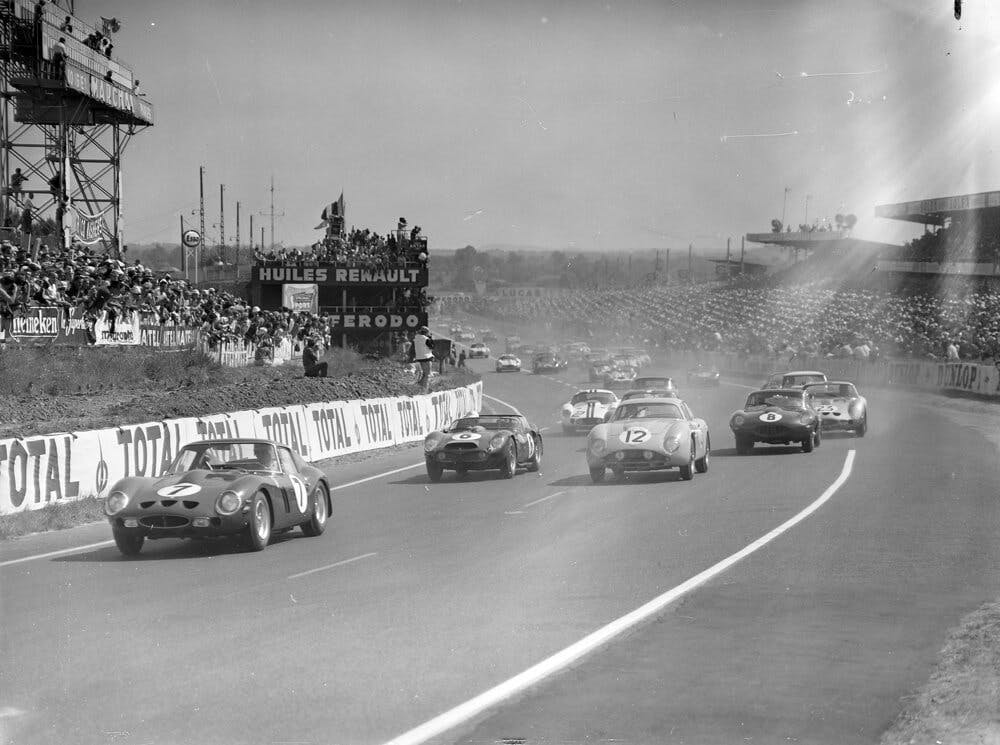
For much of its life, 3765 and its fellow large-engined siblings were widely referred to as either 330 LM or 330 GTO, with the shift toward 250 GTO nomenclature occurring sometime in the 1980s and early 1990s. A wildly special car, but it’s not hard to imagine an informed collector car magnate in search of a “true” Series I 250 GTO without caveats or asterisks to remain picky. And despite the GTO’s avoidance of the public auction limelight, it’s been strongly substantiated that there are between one and three 250 GTOs on private offer during any given year, and we’re sure a thick enough checkbook could wrest most GTOs from their hiding places if the “want” is strong enough.
So, is 3765 really “The One” as RM Sotheby’s claims?
Well, we’re happy to report that cognoscenti indeed consider it to be within the fold, and there’s more going for 3765’s potential moonshot sale than against it.

3765 is the only 4.0-liter GTO—or is that 330 LM?—fielded by Scuderia Ferrari itself. A class win and second-overall finish at the 1962 Nürburgring 1000 KM, an appearance at Le Mans, and a string of localized Italian victories gives it serious motorsports pedigree. We know this as, aside from questions about its early life, 3765 is impressively well-documented thereafter—another plus.
If the argument is to be made that this isn’t a “real” 250 GTO, why did it take home a second-place class finish out of 22 250 GTOs at the 2011 Pebble Beach Concours d’Elegance’s GTO class? A few months later, it took home the overall win for Amelia Island Concours d’Sport, a field that included a cluster of fellow 250 GTOs. Furthermore, 3765 is on record as a participant in the GTO 45th Anniversary Reunion in 2007.
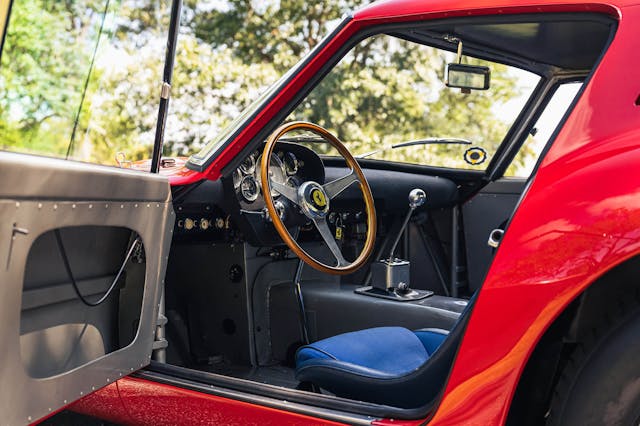
That’s some serious provenance, too. Couple this to 3765’s status as new-to-market after 38 years of ownership, and there’s bound to be some really heavy bidding in the room.
Now, how does 3765—or any 250 GTO—stack up against the seemingly indomitable 300 SLR “Uhlenhaut?” It’s definitely apples and oranges, but if we look at it as a numbers game, there were 36 (or so) 250 GTOs against just two 300 SLR coupes. Until last year’s blockbuster sale, Mercedes-Benz was the sole owner of both cars, whereas all GTOs reside in private hands and have for a long time. There may be just too many GTOs puttering around to approach the singular private SLR’s stratospheric water mark. Strange thought, isn’t it?
Then again, consider a public shot at a GTO is a rare chance to ensconce yourself in car collecting lore. You’re paying the most expensive club initiation fee in the world, you might as well make it hurt. As we’ve seen time and time again, it only takes two over-enthusiastic bidders to create an outlier sale.
Our prediction? More than a dollar, and less than a billion. We’ll be watching with champagne on ice.

***
Check out the Hagerty Media homepage so you don’t miss a single story, or better yet, bookmark it. To get our best stories delivered right to your inbox, subscribe to our newsletters.
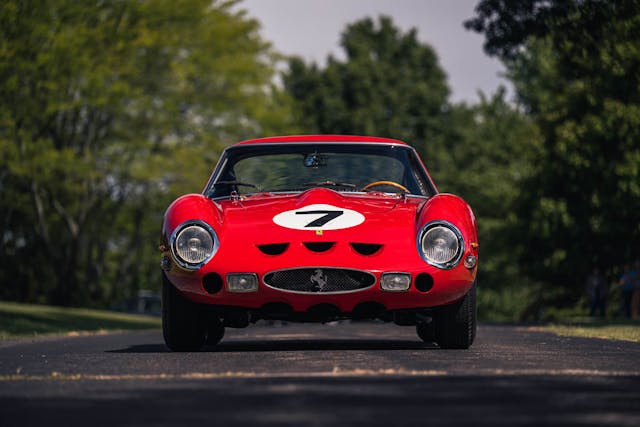
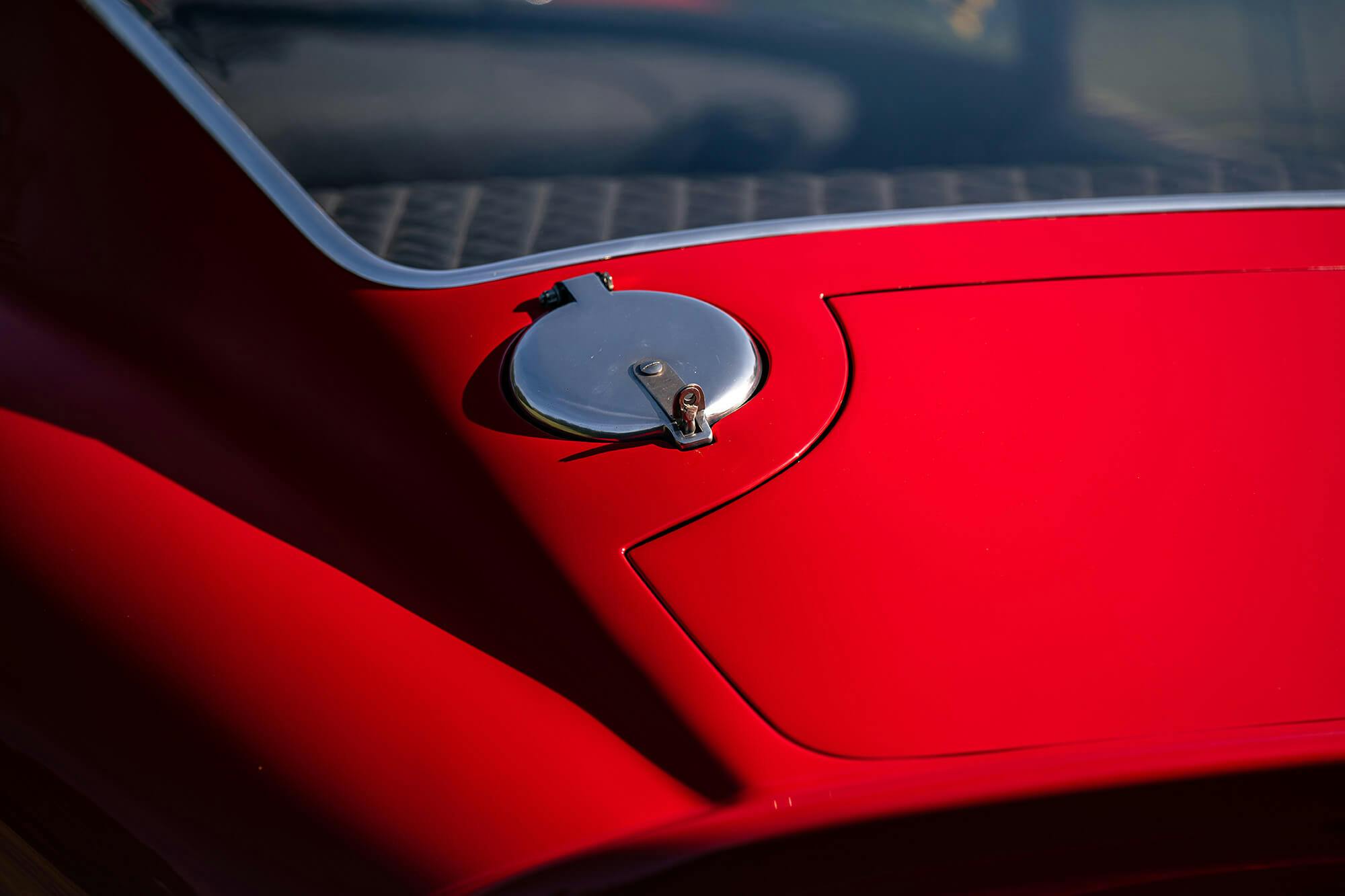
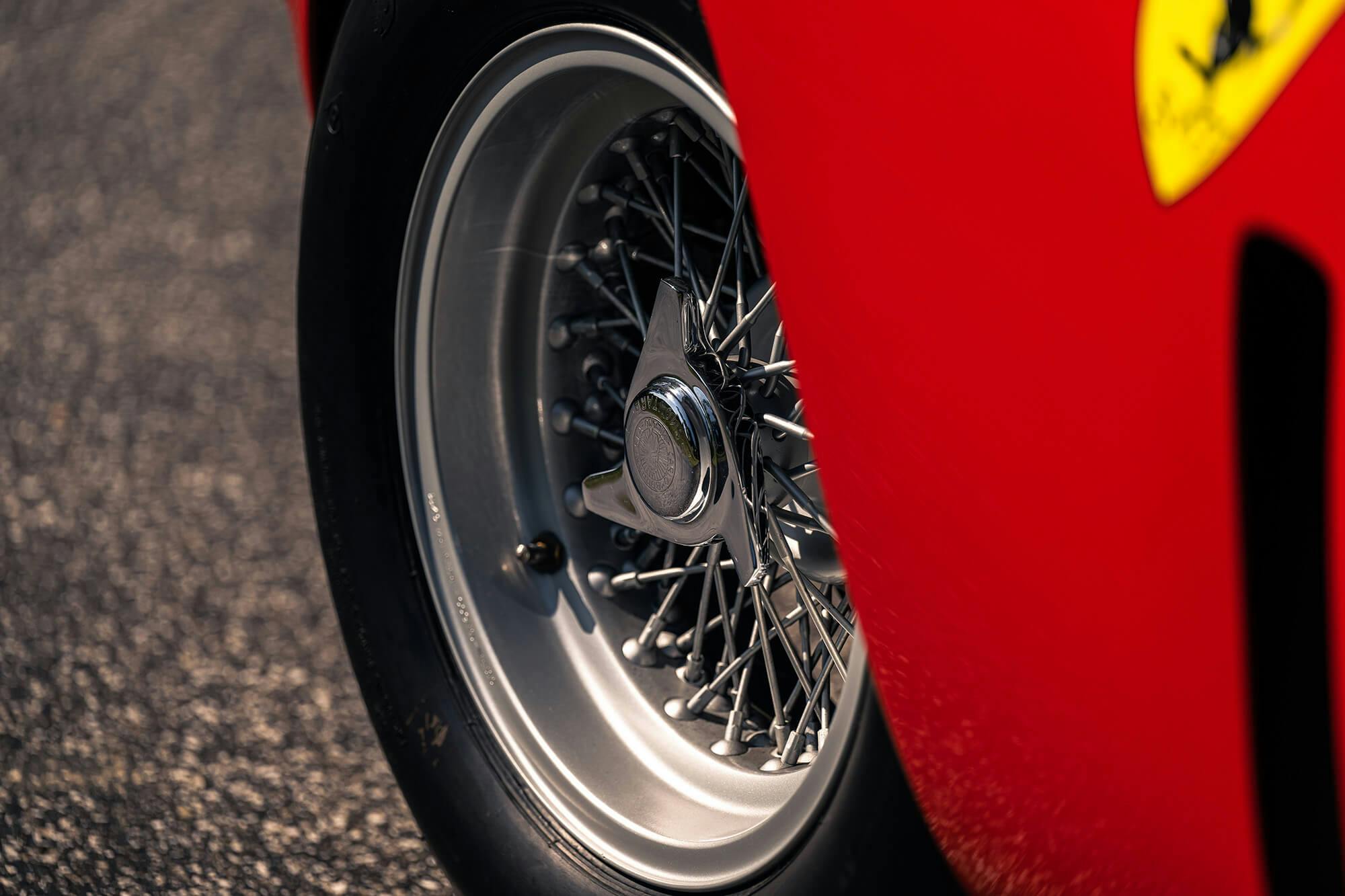
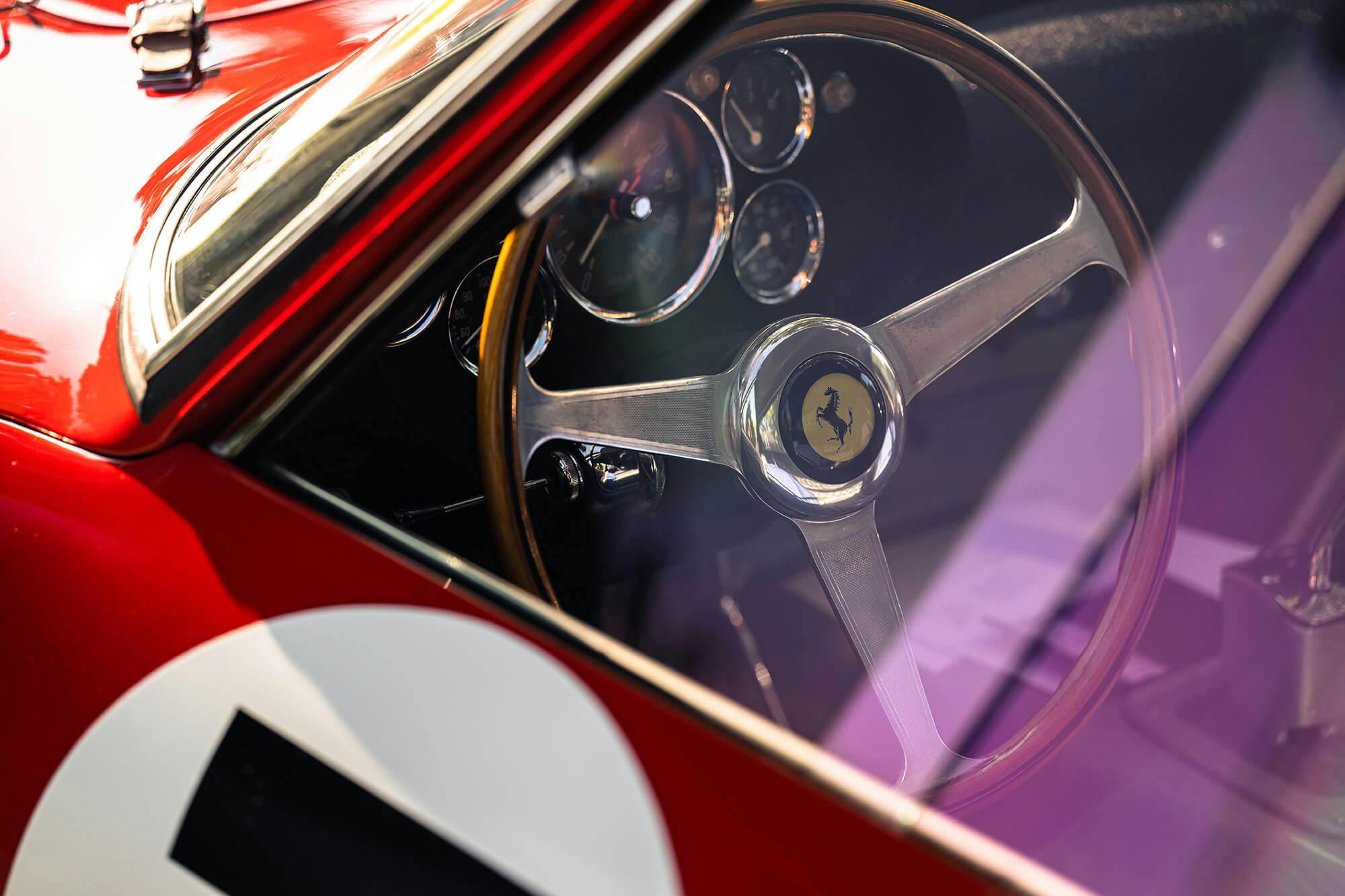


Well, if it’s “less than a billion” I see no reason I shouldn’t bid, then. I’ll get busy taking in all my recyclable cans and counting out all my loose change.
Just kidding, but it IS a stunning car (which will fetch a stunning price).
Such a beautiful car.
I wonder if they’d accept my rusted out 1982 Dodge Monaco in trade?
While in my wildest dreams, I could never own a 250 GTO, I fancy the 275 GTB. I had a chance in 1975, while a college student, to buy a ten year old 275 GTB, two cam, short nose, after tiring of waiting for my 1975 Corvette to be delivered. I might note, the worst year ever for the Corvette. Why didn’t I buy the 275 GTB? Simple, it was factory burgundy which is a fancy way of saying plum purple. No way. Back to the 250 GT0, while I could never dream of owning one, maybe the next best thing is owning a car from the stable of someone who does. I have that car, a 1995 Giallo/Nero 355 Spider, three pedal, delivered in Europe to that GTO owner. Still has the Monaco brokerage sticker on the rear panel. It probably was his everyday Ferrari but certainly isn’t mine. In my retired truck driver, marginal Ferrari owner world, I’m sure mine brings me as much joy as his GTO does to him.
There’s a great deal money in the world, desperately searching for meaning. A 250GTO will deliver that meaning, thus the price this one will command.
I’ll suggest that it has been the “ultimate Ferrari” since I raced my Aurora HO-scale version around the slot car track in 1964 or so…